Wind
The prime source of power for Zero Host is the community wind turbine on the island of Eday. This is capable of producing 900KWh of electricity. It’s linked to EMEC and to the Orkney Active Management System which takes power from all the wind turbine developers on the islands. When it was built it was envisaged that this would provide a substantial income for the island. The capacity of the network is however limited. In particular there is a bottleneck as to how much power can be passed on to the National Grid.
A system of precedence means that the oldest turbines have priority when it comes to supplying the National Grid. Newer turbines, such as the community one on Eday only have the option to feed-in when the older ones are not producing power. This means that for a lot of the time when the Eday turbine could be operating the power is curtailed.
Zero Host takes this unwanted power, not only is the power we use directly wind generated it’s power that would not otherwise be generated. The presence of Zero Host on the island benefits the community in that there is revenue when there would otherwise be none, and the whole National Grid in funding a resource which might only be used occasionally.
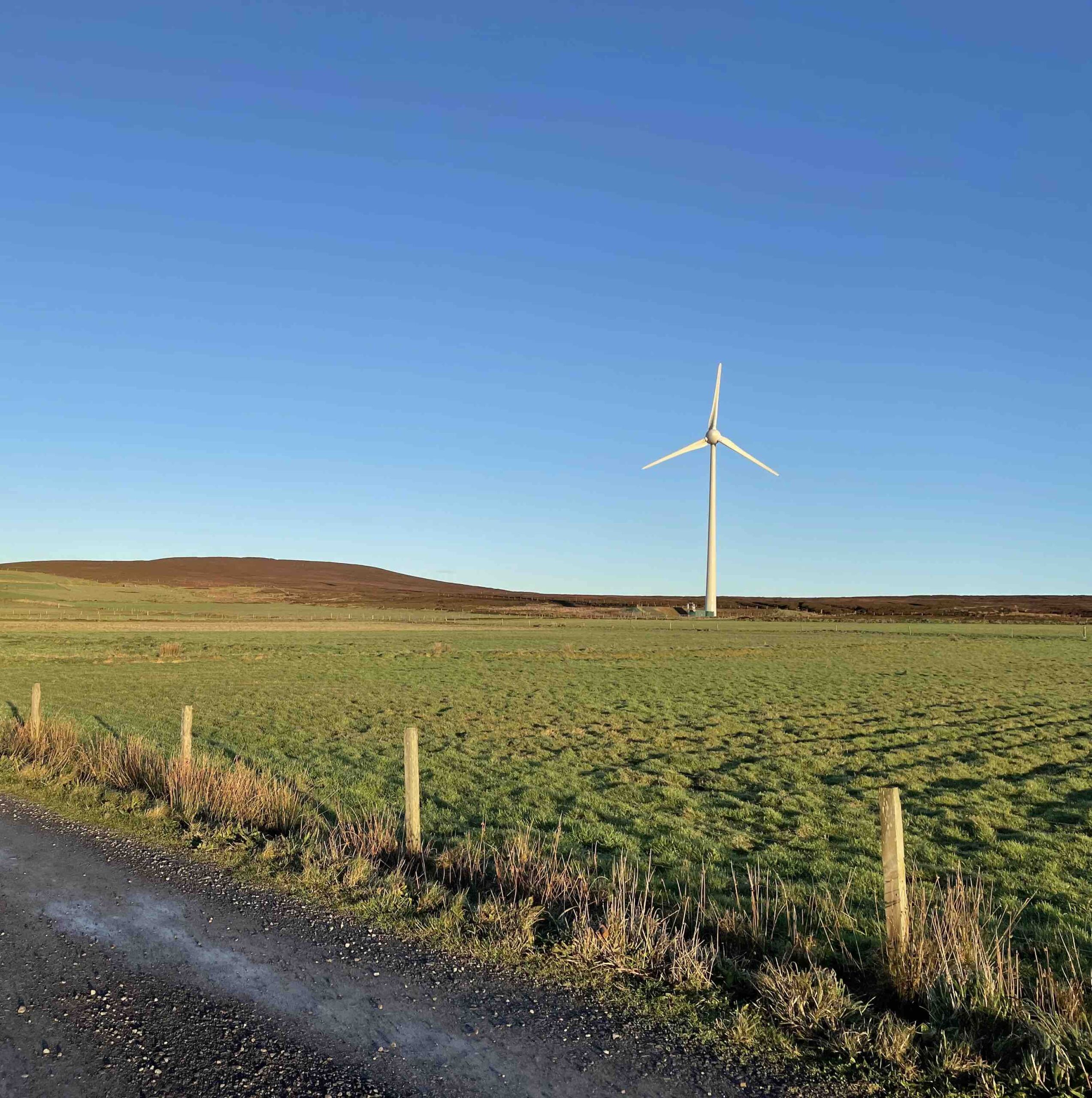
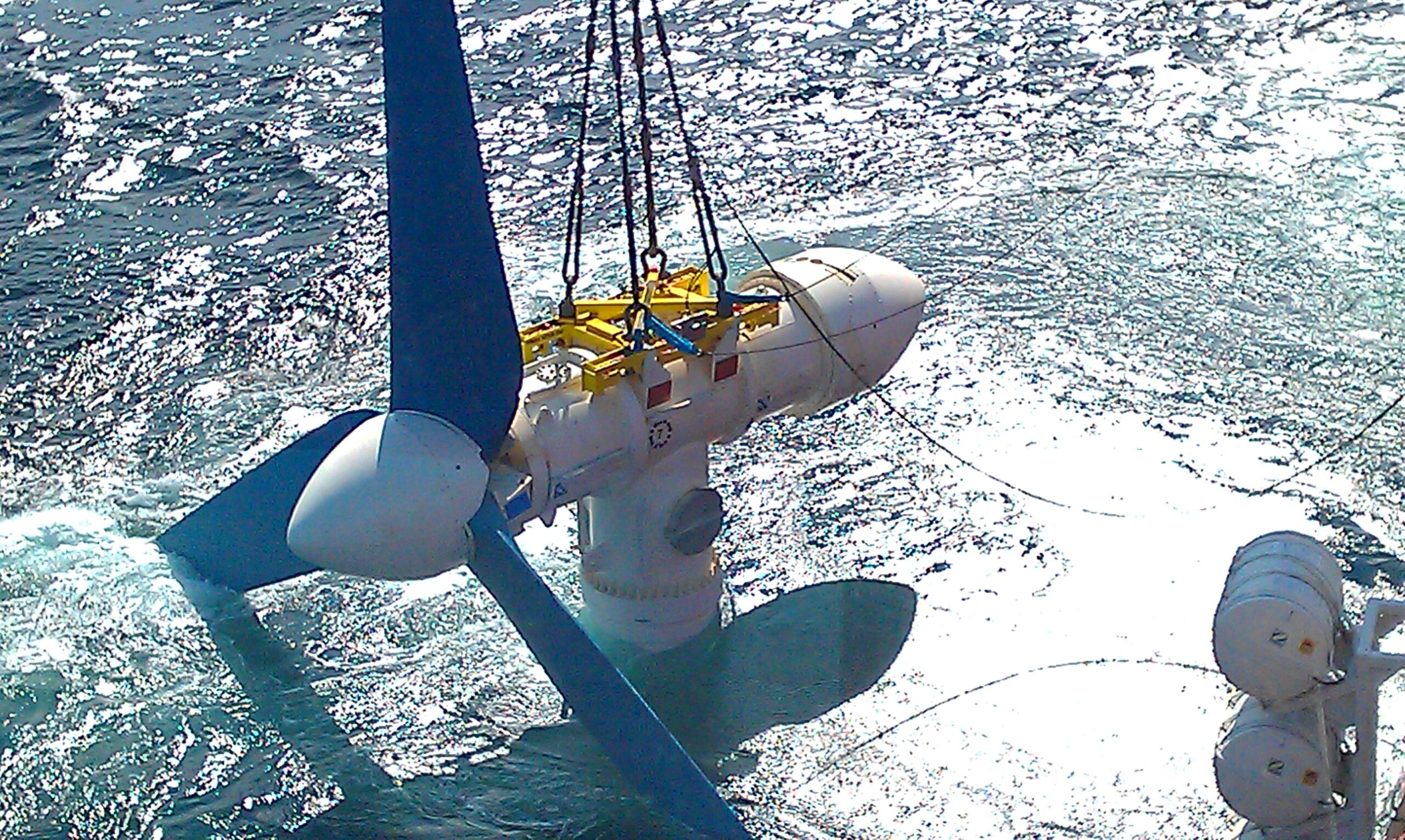
Tidal
Zero Host is located on Eday because that is the site of EMEC, the European Marine Energy Centre. This is the world’s leading site for tidal turbine research and is unusual in that it has both a National Grid Connection and rights to build on the sea bed. All the land around the UK is owned by the Crown Estate and there is a very high bar to develop on it. The site in the Fall or Warness also has some of the fastest flowing tides in the world, typically seven miles an hour. Water is 800 times denser than air so a 7 MPH water current is equivalent to 5,600 MPH of wind.
It’s EMEC’s job to evaluate the marine equipment for developers around the world. At the moment there are two turbines on site. They come from the Edinburgh based Orbital Marine Power : with a turbine that has reported a peak of 2.5 MWh and the Spanish Company Magallanes Renovables with a 1.5 MWh capacity.
Tidal is one of the most interesting forms of renewable energy because it is completely predictable. With two tides a day, each flowing in two directions there are four daily peaks in power production. The maximum slack time between tides is four hours.
Flow Cell Batteries
The Zero Host racks share a home, know as the Energy Storage Building, with 48 Vanadium Flow Batteries from Invinity. These store their power by creating a charge difference in baths of electrolyte with a vanadium solution. It doesn’t suffer from the cycle degradation that characterises other forms of battery. The 1.8 MWh capacity of the batteries on-site is capable of maintaining the Zero Host network, at its highest possible energy consumption, for over six hours. The flow cell batteries take power from both the wind and marine turbines.
A system of precedence means that the oldest turbines have priority when it comes to supplying the National Grid. Newer turbines, such as the community one on Eday only have the option to feed-in when the older ones are not producing power. This means that for a lot of the time when the Eday turbine could be operating the power is curtailed.
Zero Host takes this unwanted power, not only is the power we use directly wind generated it’s power that would not otherwise be generated. The presence of Zero Host on the island benefits the community in that there is revenue when there would otherwise be none, and the whole National Grid in funding a resource which might only be used occasionally.
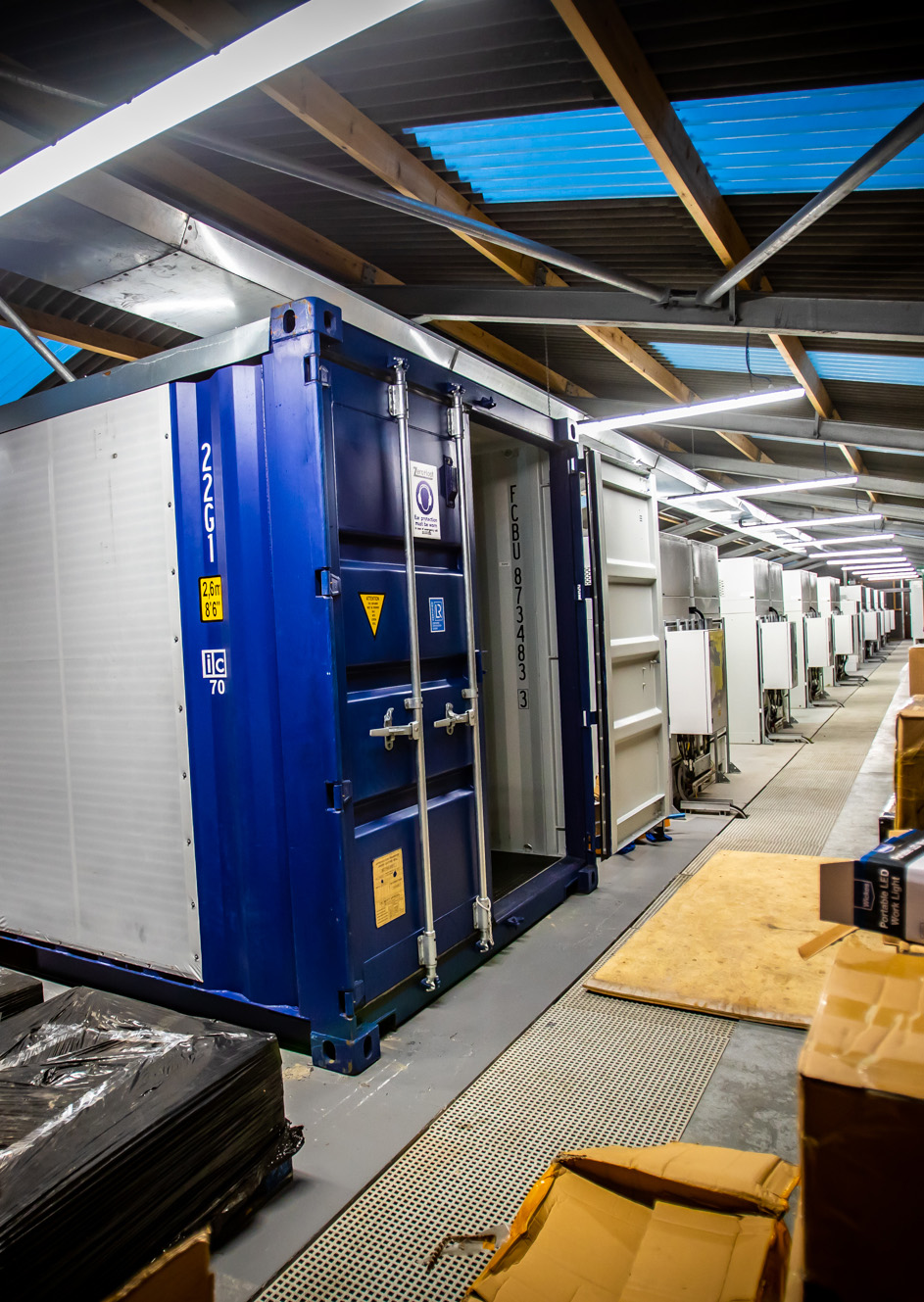
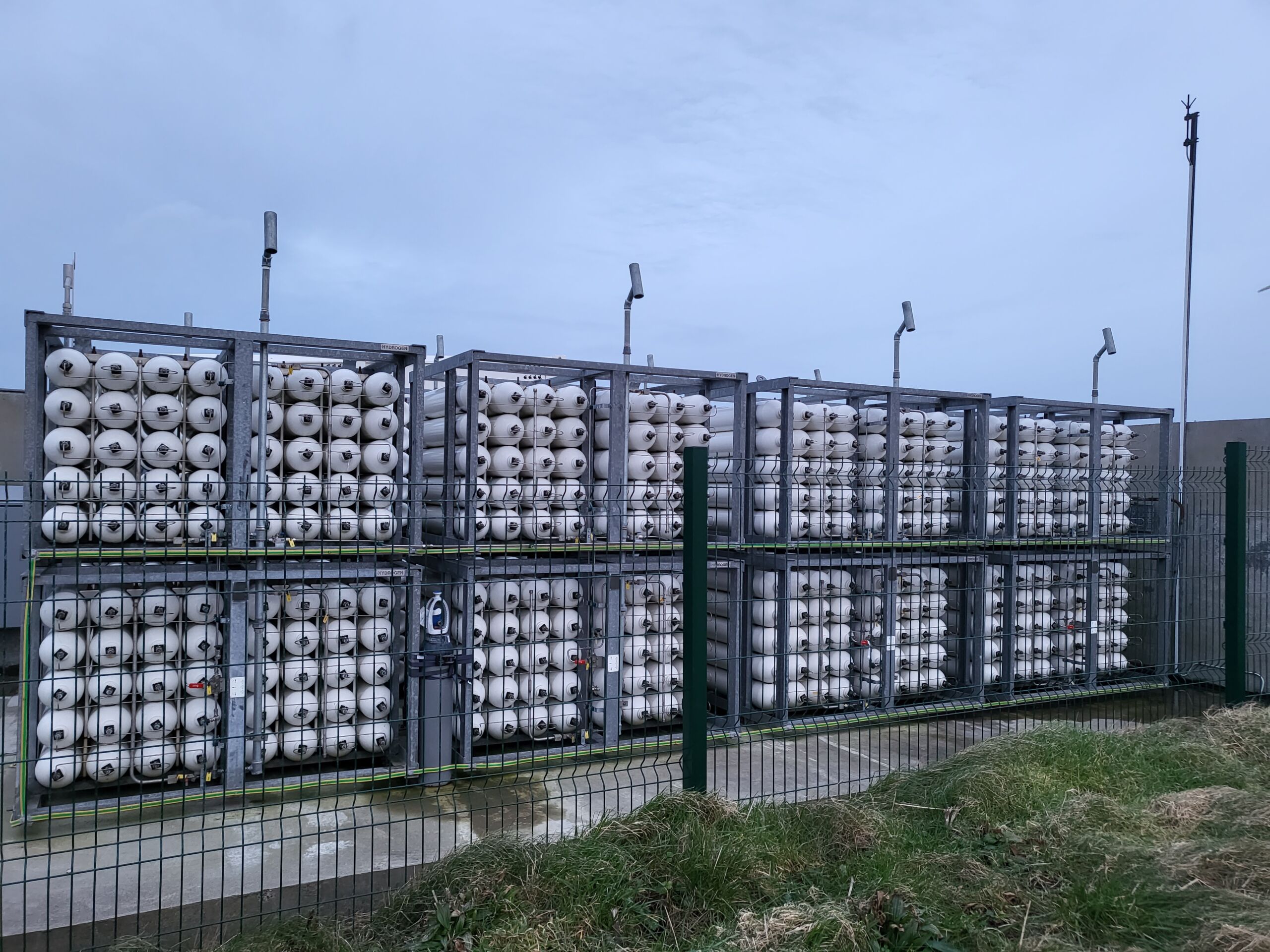
Hydrogen
Zero Host is not directly connected to the EMEC 670 KW electrolyser, which also takes its power from the same sources but the potential exists for the company to add a fuel cell and use the five tonnes of hydrogen stored on site as an additional green fuel.
